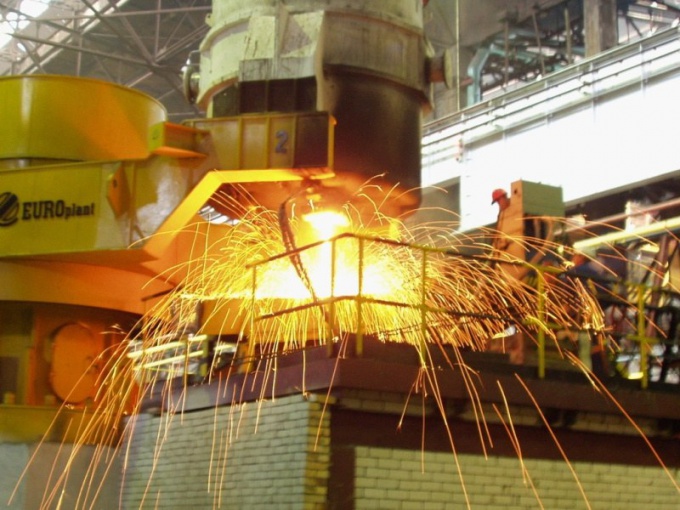Instruction
1
Remember that the volume of production of products can be measured by various indicators. They are natural, semi-natural and money. Natural indicators are pieces, tons, cubic meters, liters, etc. Conditional-natural indicators are used to summarize the amount of various types of homogeneous products. For example, the fuel extraction in recalculation on conditional fuel, the production of materials in the enumeration of the conditional brick, etc.
2
To find the total volume of production, use values. The most important of them are commercial products and gross output. Commodity products – products produced for sale outside the enterprise. This index is calculated based on gross production by deducting from it the cost of work in progress and semi-finished products. Gross output is the value of all the finished goods and semi-finished products made for a certain period of own materials and materials provided by the customer, minus the finished products and semi-finished products consumed in the production process.
3
In simplified form, determine the volume of produced products in terms of value you can by multiplying the number of manufactured products in physical terms by the number of units of production and price realization. If products are heterogeneous, then the calculation is a bit trickier. To do this, find the volume of each batch of products in monetary terms and add the resulting volumes.
4
If you need to compare the amount of release of goods for different intervals of time, you have to bring them to a comparable, i.e. to calculate comparable prices. You can find them through the level of inflation (consumer price index). To do this, multiply the number of produced products to the price index of a certain year.






